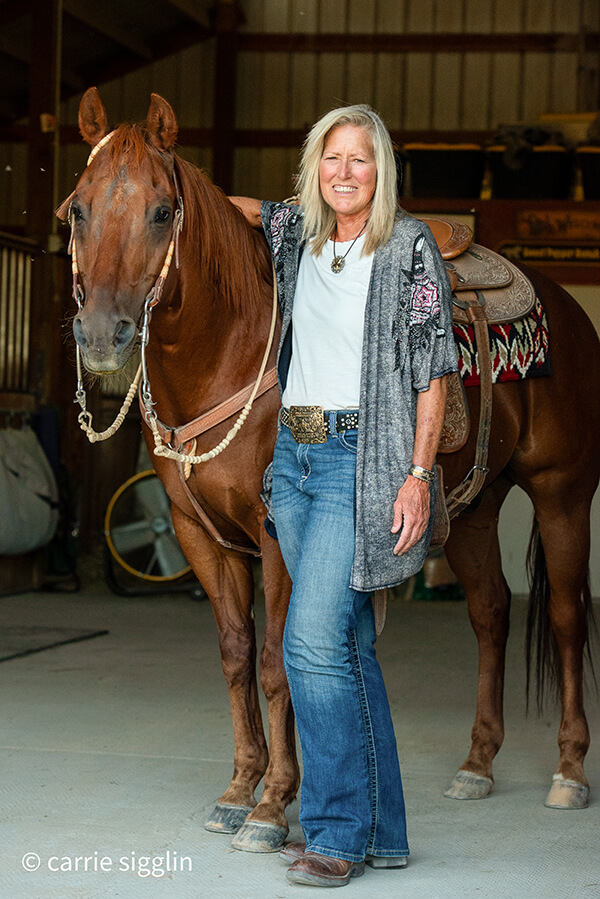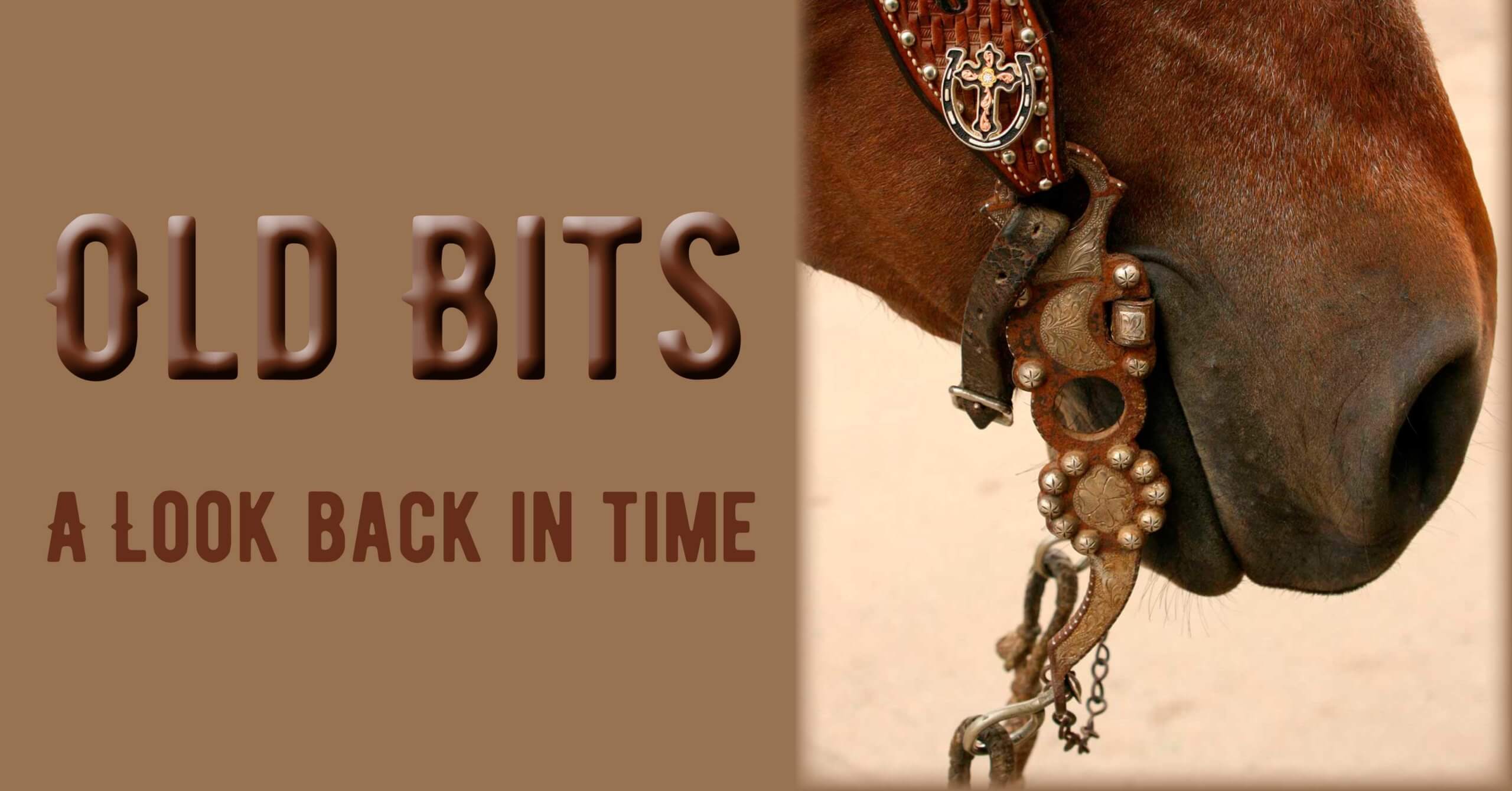Creating & Using a Sacrifice Area:
Your Start Now for Better Pastures Next Summer! Part II
Probably the best thing you can do for your pasture is take your horses off of it in the winter.
Confining your horses to a winter paddock or “sacrifice area” will greatly improve the health and productivity of your pastures next summer and it will substantially reduce the amount of mud on your horse farm this winter. You will also benefit the environment at the same time by reducing runoff from manure and soil erosion from muddy pastures that can make its way into a local lake or creek or even affect your ground water.
In Part I we covered what a sacrifice area is and the considerations for setting one up. We finish in Part II by looking at how to manage a sacrifice area so it, too, doesn’t become a muddy mess.
Footing is an important consideration for sacrifice areas. Use of some type of footing will reduce mud and, as we mentioned last time, mud management is as important for the health of the environment as it is for the health of your horse and for your convenience. Hog fuel or wood chips can provide a cost-effective, useful footing. Wood products offer good environmental controls, too, as they contribute to the breakdown of the nitrogen in the horse’s urine and manure through the natural composting process. This process eliminates the urine smell often present in outdoor confinement areas. Gravel (crushed rock, no larger than 5/8″) or sand work extremely well especially for poorly drained situations. Avoid feeding your horse on these surfaces, especially with sand, as ingesting sand (or soil) with hay can result in serious sand colic problems and expensive vet bills. You might want to try a combination of footing types, perhaps using the gravel in the high traffic areas and hog fuel in the rest.
Installing rain gutters and a roof runoff system on your barns and shelters to divert rainwater away from your horse’s confinement areas is another consideration. This technique will greatly reduce mud and will prevent manure and urine from being washed out of the paddock. In an area (such as Maple Valley) that gets 39 inches of rain annually, over 8,000 gallons of rainwater would run off a simple two-stall run-in shed in one year! You can begin to imagine that if you divert 8,000 gallons of water away from your horse’s confinement area, -you are greatly reducing the amount of mud you have around your horse! Good sites to divert clean rainwater to include a ditch, pond, creek, wetlands, rain barrel, or undisturbed area of your pasture.
As you choose the location and size of your sacrifice area, keep in mind that there will still be some surface runoff from your sacrifice area. You can help to control the runoff by locating your sacrifice area, so it is surrounded by at least 25 feet of lawn, pasture, woods or even garden. Vegetation in these buffer areas will act as mud managers – a natural filtration system to help slow down runoff and reduce sediments and nutrients.
Choose the very safest fencing you can for your sacrifice area. Whatever type of fencing you choose, you may want to reinforce it with some type of electric tape or hot wire, a good “psychological barrier”. Horses are hard on fences and will test most types. They tend to have more respect for electric fencing.
Be sure that corners are safe and there are no protruding objects where the horse could get hurt, like bolt ends, nails, boards, or the tops of metal T-posts. Also, watch out for the corners of roofs and the bottom edges of metal building. There should be no wires or cords hanging in the yard and absolutely no junk, garbage or machinery in the paddock. Keep in mind that gates on fences need to be adequately sized for the types of truck deliveries you expect such as gravel, hog fuel, hay, etc.
Even though your horses can move around in their sacrifice areas, they still need regular exercise. Be sure to plan for and maintain a regular exercise program for your horse.
Now you are ready to integrate your sacrifice area into your pasture management program. In the winter when the ground is wet or frozen and the plants are dormant, keep your horses confined to their sacrifice areas. In the summer when the majority of the grass in your pasture is grazed to about 3 to 4 inches, take your horse(s) off the pasture and keep them in the sacrifice area. Allow them back on pasture when grass has regrown to about 6 to 8 inches.
Remember to begin spring grazing time gradually- too much pasture can cause serious problems, especially in the spring when grasses are green and lush. Begin pasture grazing time with your horse gradually, starting with about an hour at a time, and over a period of weeks work up to several hours. If you have any questions on this consult your veterinarian for his, or her recommendations.
By utilizing a sacrifice area, you will be creating a healthier pasture for next summer. Healthier pastures mean, greater pasture productivity and less money spent on supplemental feed. Healthy pastures have the added benefit of making happier, healthier horses, a prettier picture for you, and your neighbors – and a cleaner environment for all.
Good horse keeping to you!
Reprinted from February 2003 Issue

Alayne Blickle began in the 1990’s as a pioneer in water conservation and natural resources conservation by creating the entrepreneurial consulting business, Horses for Clean Water, an award-winning internationally acclaimed education program that looks for horse-healthy, nature-based solutions to land management challenges. She continues this work today partnering with agencies, organizations, and horse owners throughout North America and worldwide. She is a regularly contributing writer and photojournalist to several equine publications.
Alayne lives with her horse trainer husband, Matt Livengood, in southwestern Idaho where they raise and train AQHA horses and mustangs on their eco-friendly horse ranch. Contact her through the Horses for Clean Water website or through their ranch website Sweet Pepper Ranch.
For more information contact Alayne at [email protected] or 206-909-0225.






